Why Do Blockchain Transaction Fees Exist? Why Are Gas Fees Charged?
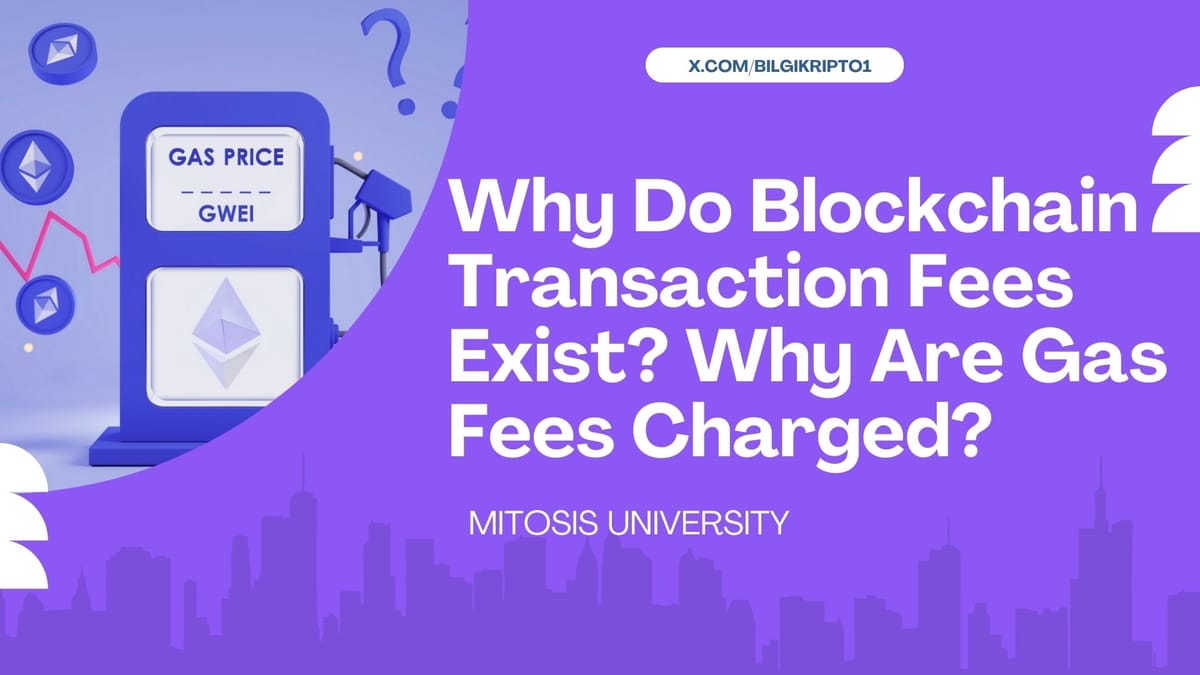
The Truth Behind Blockchain Transaction Fees
While blockchain technology is known for its decentralized nature, transaction fees can be confusing for many users. So why do these fees exist? Why are users required to pay gas fees?
Transaction fees are necessary to validate transfers or contract interactions on a blockchain network. These fees serve as a reward mechanism for validators or miners who keep the network operational. They also act as a barrier to prevent spam transactions.
What Are the Main Purposes of Transaction Fees?
Transaction fees serve two main purposes:
1. Keeping the Network Secure
In a free system, malicious users could flood the network with thousands of transactions simultaneously, clogging it. Transaction fees make such spam attacks costly and serve as a preventive measure.
2. Incentivizing Validators
Blockchain networks are run by miners or validators who use computational power to approve transactions. Their motivation comes from transaction fees. In other words, transaction fees compensate the participants who keep the network alive.
How Are Transaction Fees Calculated on Networks Like Bitcoin and Ethereum?
Each blockchain network calculates transaction fees using different criteria. However, the underlying logic is generally the same: transaction complexity and network congestion.
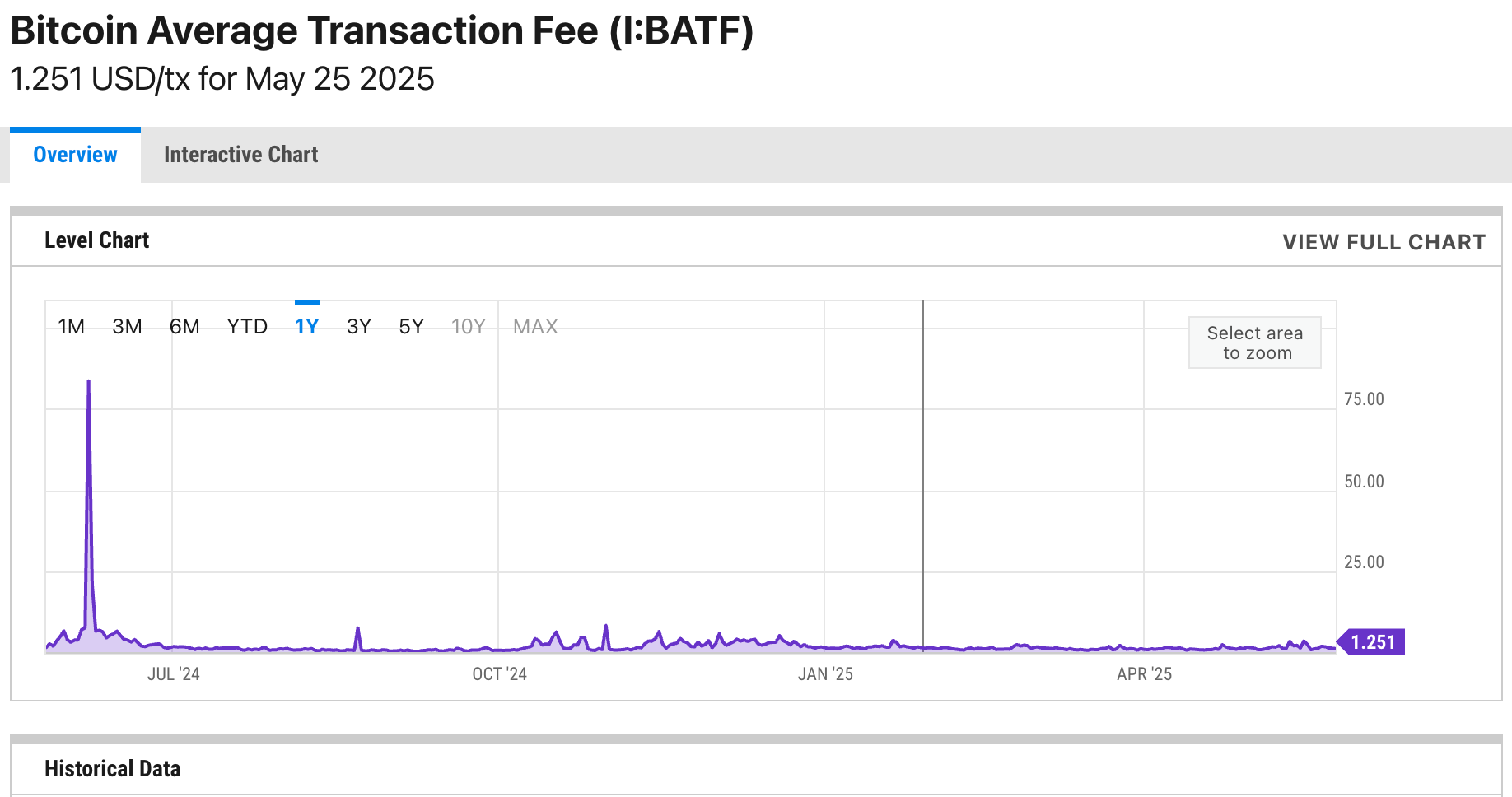
Bitcoin Transaction Fees
In Bitcoin, the transaction fee is calculated based on the size of the transaction in bytes, regardless of the amount sent. The more congested the network, the higher the fees. This encourages miners to prioritize transactions with higher fees.
Example: If a 400-byte transaction is charged 80 satoshis per byte, the total fee will be 32,000 satoshis.
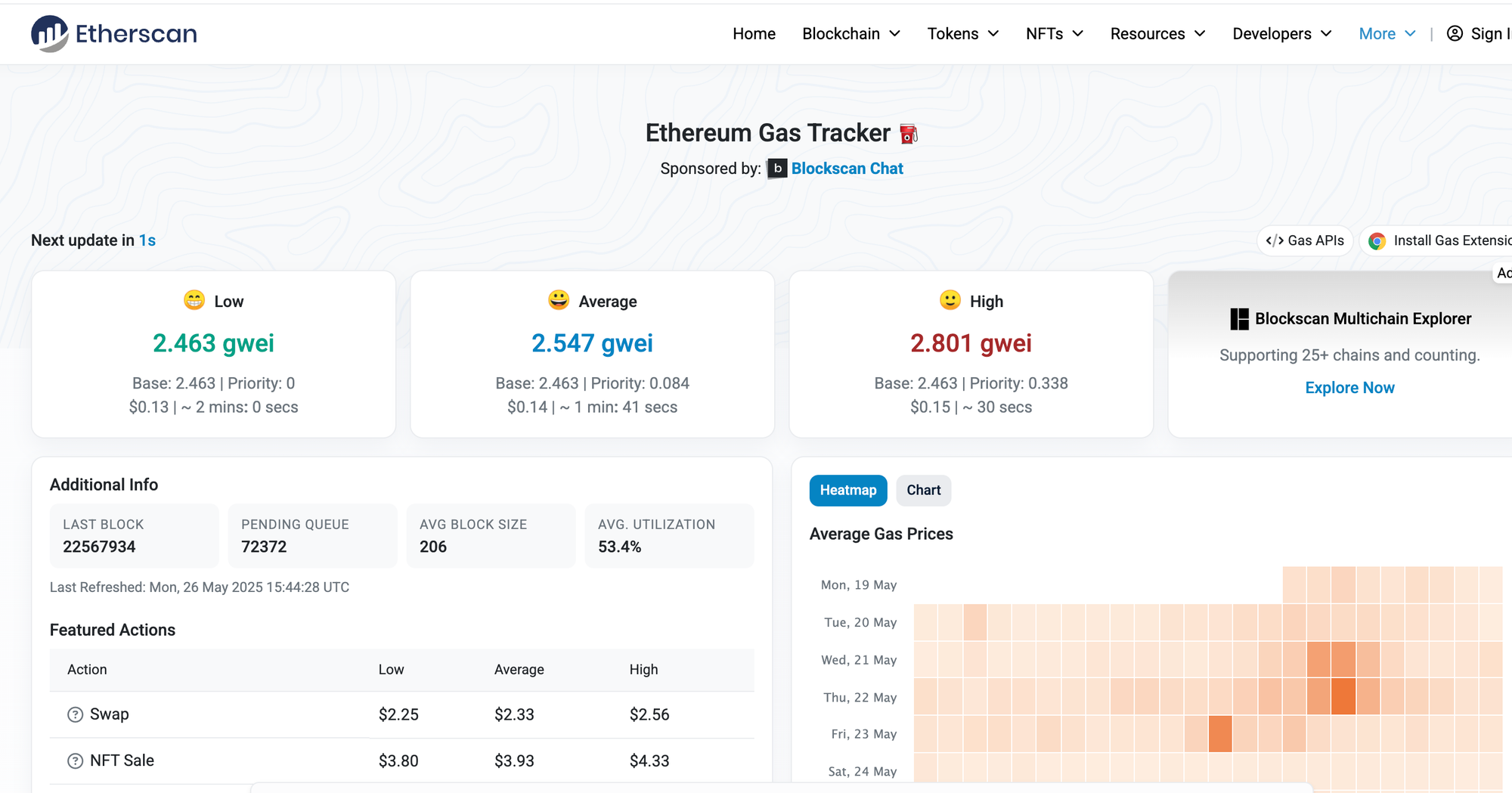
Ethereum Transaction Fees
Ethereum uses a different system. Each transaction has a gas limit and a gas price. The product of these two values determines the total amount of ETH to be paid. The gas limit indicates how much work the transaction requires, while the gas price determines how much ETH will be paid for that work.
Example: If a transaction requires 21,000 gas and the gas price is 71 Gwei, the total fee will be approximately 0.001491 ETH.
BSC (BNB Smart Chain) Fees
BNB Smart Chain has a structure similar to Ethereum but usually offers much lower fees. The gas price is determined in Gwei, and if your wallet doesn't have enough BNB, the transaction won’t go through. It’s essential to always hold enough BNB to cover transaction fees.
Why Do Transaction Fees Fluctuate?
Network traffic is the primary factor affecting transaction fees. When many people try to make transactions simultaneously, the mempool (transaction pool) becomes crowded. To prioritize your transaction, you may need to offer a higher fee.
Additionally, smart contract interactions (such as minting an NFT or executing a DeFi trade) are more complex than simple token transfers, requiring more gas.
Scalability Challenges and Future Solutions
Blockchain systems aim to balance decentralization, security, and scalability. Networks like Ethereum have faced criticism due to high transaction fees, but these fees help maintain the system’s security and stability.
Technologies like L2 solutions, rollups, and sidechains are being developed to reduce transaction fees. Alternative consensus mechanisms such as proof-of-stake also aim to reduce energy consumption and transaction costs.
Conclusion: Transaction Fees Are a Necessary Cost, Not a Burden
Transaction fees are one of the most essential components of blockchain sustainability. They prevent spam, reward validators, and ensure the smooth operation of the network.
While high fees can be frustrating in the short term, it's important to recognize that these costs are crucial for the security and functionality of the system. In the future, Layer 2 solutions and scalability improvements are expected to significantly lower these fees
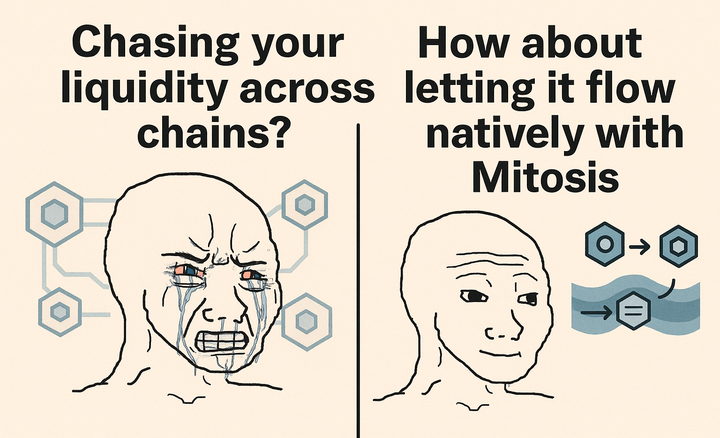

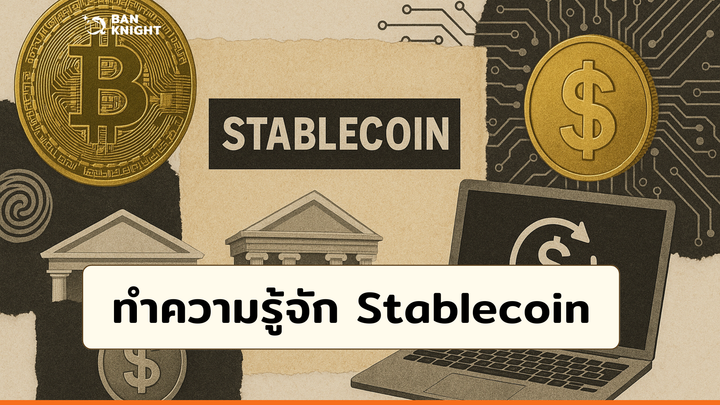
Comments ()